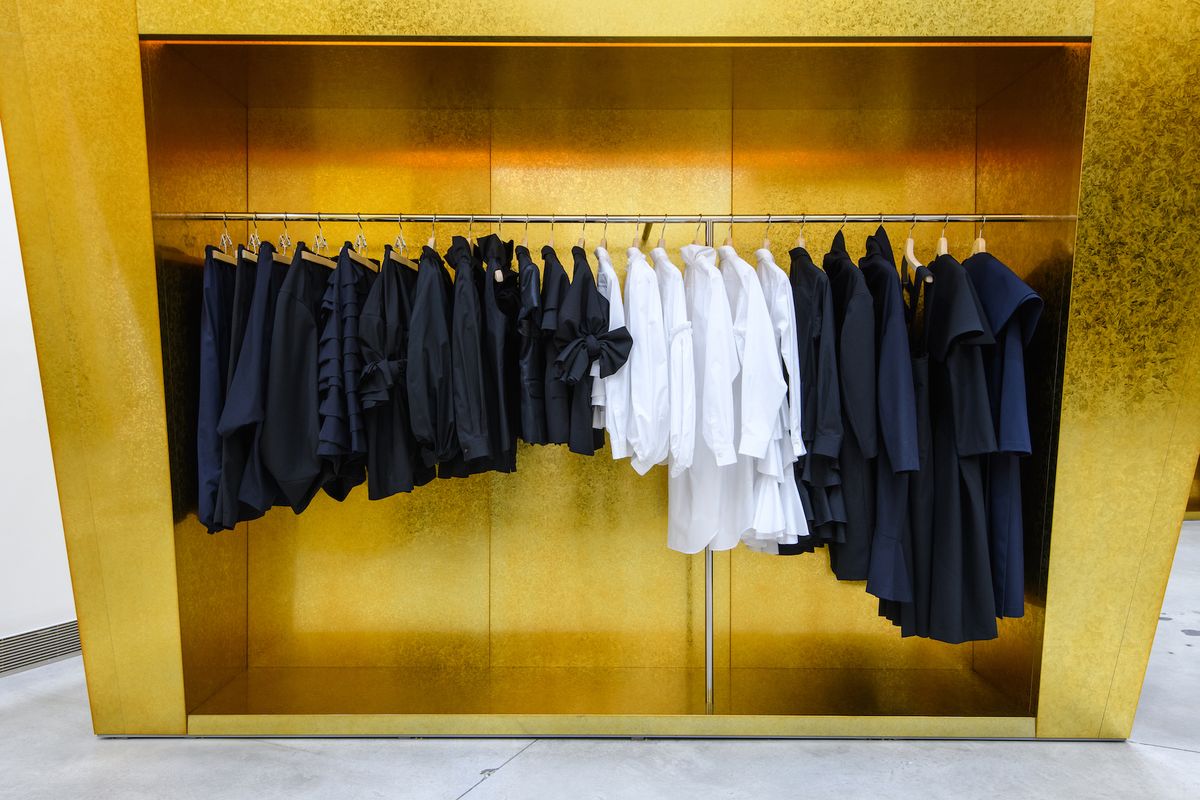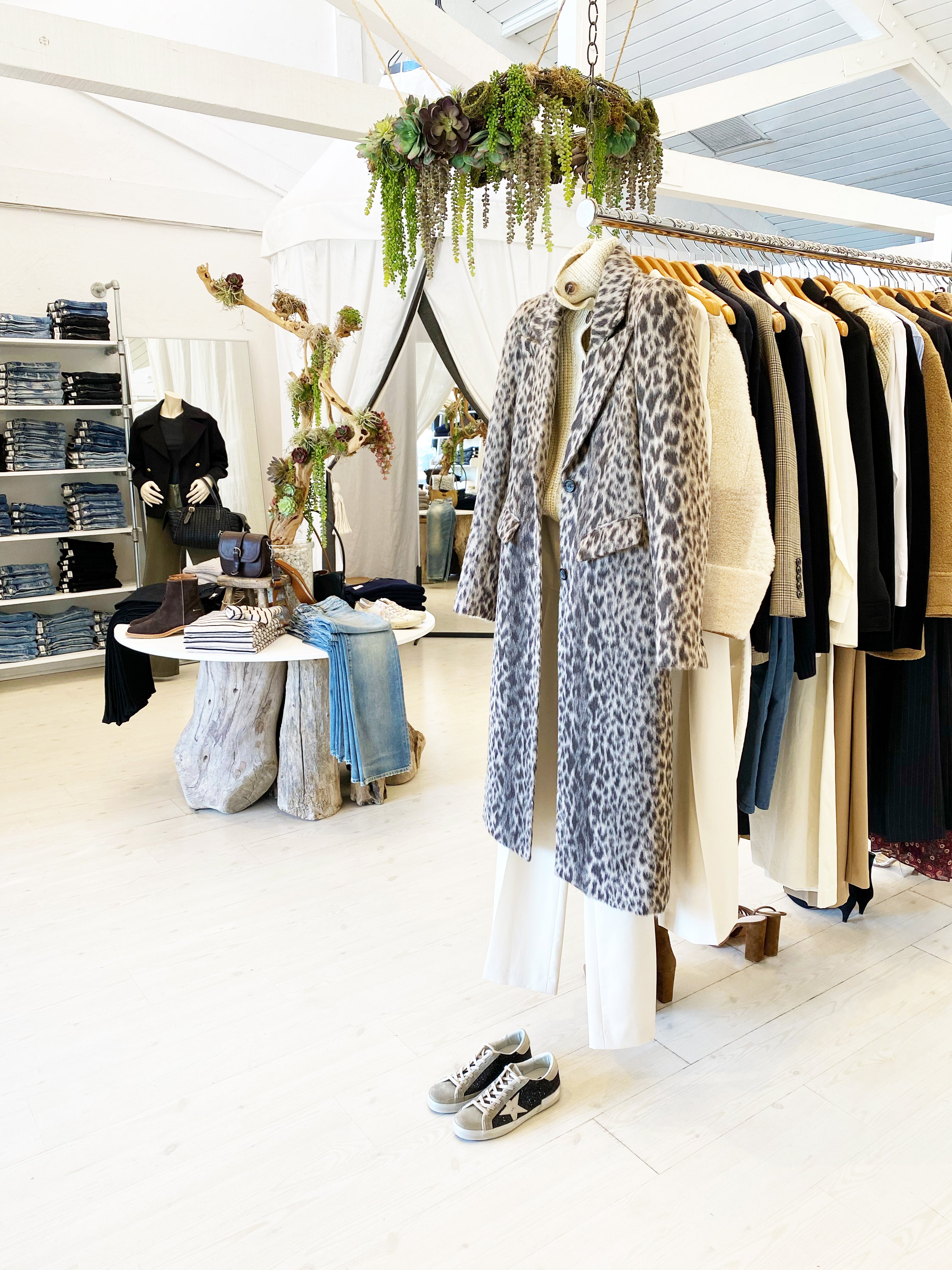Discovering the World of Lasting Boutique Fashion Brands
Discovering the World of Lasting Boutique Fashion Brands
Blog Article
Lasting Fashion: Just How Eco-Friendly Apparel Is Forming the Future of Design
As the apparel industry faces increasing scrutiny over its environmental influence, the surge of lasting fashion supplies a promising choice that aligns design with ecological responsibility. Utilizing ingenious materials such as recycled fibers and plant-based materials, together with sophisticated methods like digital and 3D printing, developers are redefining what it implies to be stylish in the contemporary age. Concurrently, the expanding appeal of upcycling and second hand society is promoting a shift in the direction of a circular economic situation. Yet, exactly how does this movement genuinely affect the future trajectory of fashion, and what obstacles lie ahead in its extensive adoption?
Innovative Sustainable Materials
As the style sector grapples with its ecological influence, ingenious lasting products have actually emerged as a vital service for reducing environmental impacts. These materials not just decrease dependence on fossil fuels but likewise minimize harmful chemical use and water consumption.
Along with plant-based products, innovations in biofabrication have caused the development of lab-grown fabrics. Mycelium leather, originated from mushroom origins, provides a biodegradable and functional alternative to pet natural leather. Its manufacturing leads to significantly lower carbon emissions and water use, making it an extra sustainable alternative for style developers seeking to align with environmentally friendly techniques.
Recycled products are likewise gaining grip, with polyester made from recycled plastic containers representing a significant breakthrough. This innovation not just draws away plastic waste from seas and landfills however additionally minimizes power intake contrasted to producing virgin polyester. With each other, these materials underscore the possibility for a much more sustainable garment industry, leading the way for environmentally conscious style and production.
Eco-Conscious Production
Structure on the advancements in lasting materials, the fashion sector is also re-evaluating its manufacturing processes to better minimize ecological effect. Secret approaches include reducing water intake, minimizing carbon discharges, and removing unsafe chemicals.
Another essential element is the reduction of hazardous chemicals commonly utilized in coloring and ending up fabrics. Eco-conscious producers are shifting towards plant-based dyes and waterless dyeing innovations, which not only protect regional communities but also enhance worker safety and security. Advancements like digital printing lower fabric waste and power intake, providing a cleaner alternative to standard approaches.
With the innovation of blockchain modern technology, firms can now provide detailed insights right into their supply chains, ensuring moral and ecologically friendly practices at each step. As the demand for eco-conscious products grows, suppliers are compelled to introduce, making certain that the future of style is both sustainable and fashionable.
The Increase of Upcycling
Upcycling, a transformative practice in lasting fashion, includes artistically repurposing disposed of materials right into brand-new, top quality items. This ingenious technique not only reduces waste yet likewise decreases the demand for raw materials, Our site thereby minimizing the ecological effect of clothing manufacturing. By reconstructing and reimagining existing things, designers and fashion brand names have the ability to infuse creativity into their collections while advertising ecological duty.

Additionally, the upcycling motion has encouraged independent developers and tiny businesses, who frequently lead in technology due to their dexterity and imagination. By profiting from the abundant availability of extra materials, these entities add to a round economy, demonstrating that fashion can be both trendy and sustainable. Through upcycling, the sector takes significant strides towards a more responsible and aware future.
Thrift Society's Influence
The expanding second hand culture dramatically improves the landscape of lasting style, emphasizing the significance of conscious intake. This social change urges consumers to embrace previously owned apparel, thereby lowering the demand for brand-new garment production and decreasing environmental impact. Second hand buying not only prolongs the lifecycle of garments yet additionally decreases the carbon footprint related to production, transferring, and dealing with clothing.
A key facet of second hand culture is its democratization of style. By providing a vast range of styles from various eras at economical costs, thrift shops make style available to a more comprehensive target market. This accessibility cultivates a feeling of individuality and creativity, as consumers mix and suit distinct pieces to curate individualized wardrobes without contributing to the quick fashion cycle.
In addition, second hand culture advertises circularity in fashion, aligning with the principles of a round economic climate. As more customers and developers embrace second hand society, the style industry is forced to adjust, incorporating sustainable practices to meet the growing demand for eco-conscious choices.

Future Trends in Style
Style's advancement is significantly formed by sustainability-driven efforts and technological developments. One popular fad is the increase of digital fashion, where digital garments can be worn in increased truth settings, significantly decreasing material waste.
Moreover, the combination of blockchain modern technology supplies brand-new opportunities in openness and traceability, enabling consumers to confirm the sustainability credentials of their apparel. boutique fashion. This makes sure accountability in supply chains and promotes honest sourcing techniques. 3D printing is yet an additional development that promises to revolutionize producing processes by allowing on-demand production, consequently minimizing excess stock and waste
As these technologies develop, they are poised to transform the style landscape, merging style with sustainability. The use this link future of style, as a result, lies in a seamless mix of innovation, innovation, and eco-friendly responsibility.
Conclusion
The makeover of the fashion business through lasting practices shows an essential shift in the direction of environmental liability. The combination of cutting-edge materials, eco-conscious manufacturing techniques, and the embracement of upcycling and second hand culture highlights a commitment to decreasing eco-friendly footprints. As these methods acquire momentum, they redefine the industry's story by prioritizing ethical and sustainable selections. This development not just aligns fashion with ecological sustainability but also establishes a precedent for future patterns concentrated on obligation and technology. why not try these out
As the style industry faces boosting examination over its ecological impact, the increase of sustainable style supplies an appealing option that aligns style with eco-friendly obligation.As the style sector grapples with its ecological impact, ingenious lasting products have actually arised as an important remedy for reducing ecological impacts. With each other, these products emphasize the possibility for an extra lasting style market, leading the method for ecologically mindful style and manufacturing.
Building on the technologies in sustainable materials, the style sector is additionally re-evaluating its manufacturing processes to even more decrease environmental impact. boutique fashion.Upcycling, a transformative practice in lasting fashion, entails artistically repurposing disposed of materials into new, high-quality items
Report this page